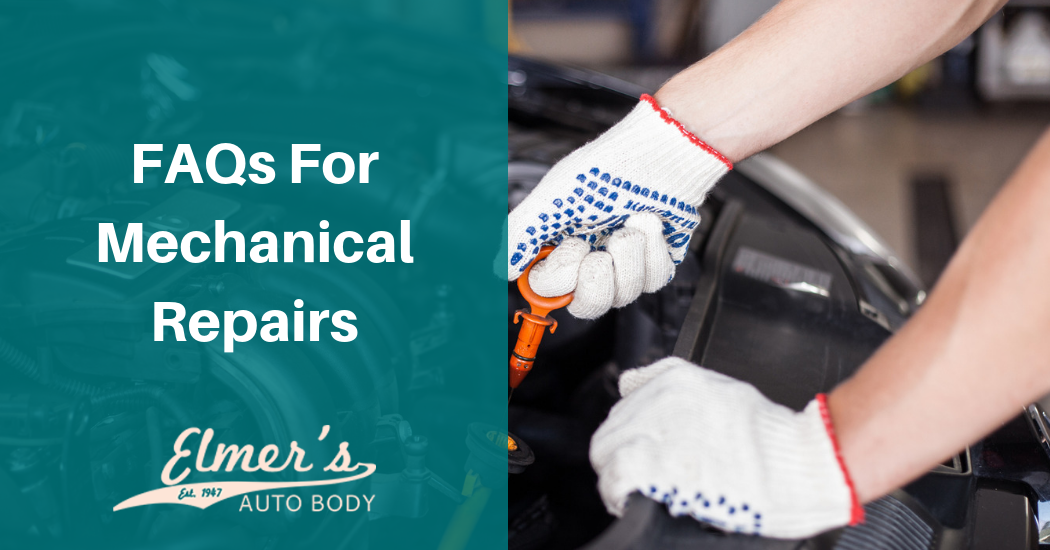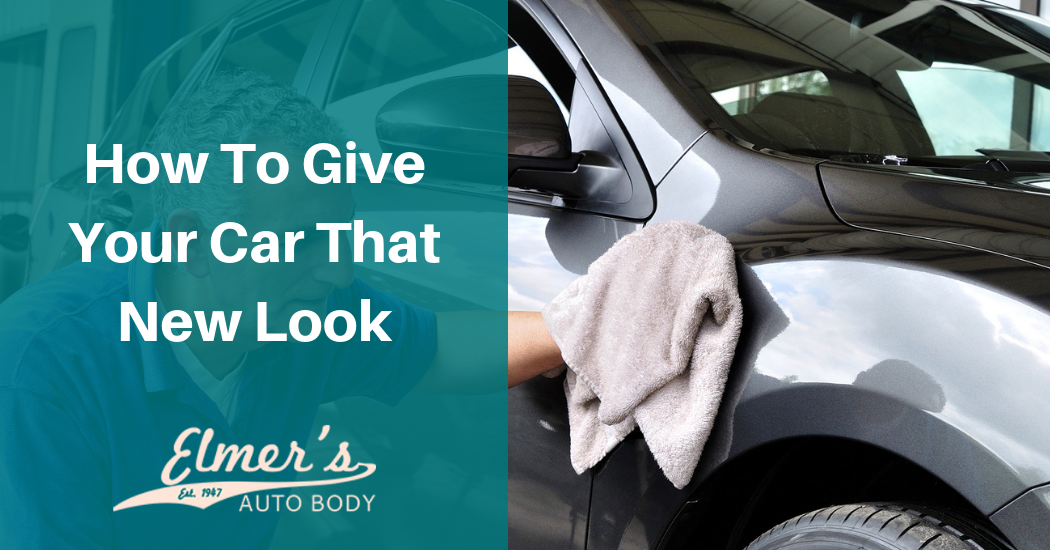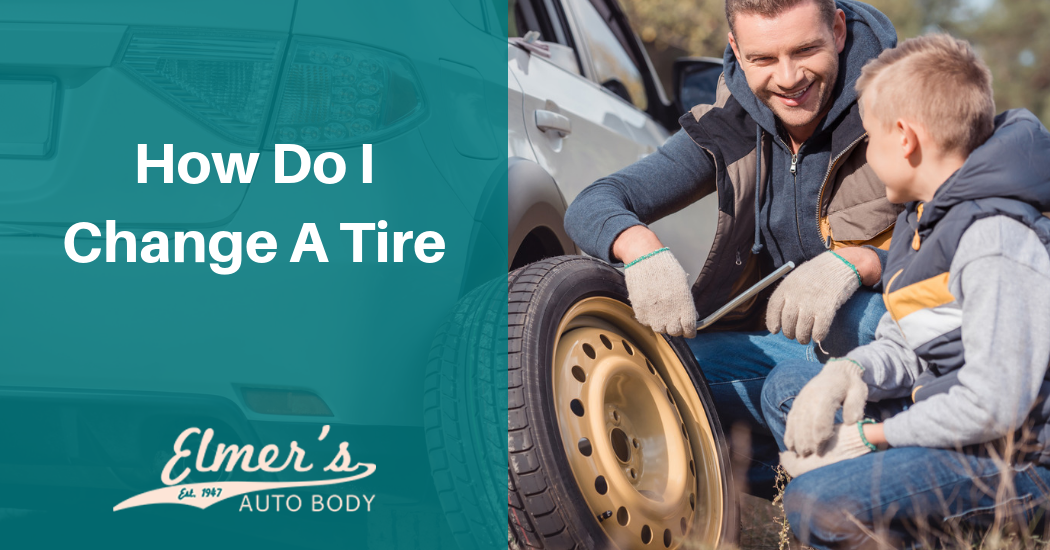Changing your vehicle’s paint color involves many considerations and decisions. If you have an older, or even newer, vehicle in good shape, you may want to use the same color to renew its original vibrancy. You may want to change color altogether to achieve an updated or different look. There are some factors that you need to consider before taking the color change plunge. Here are some of those critical details you shouldn’t forget to take into account:
Paint Deterioration
If the paint on your current vehicle is showing wear from simple age, years of exposure to extreme temperature changes, and plain old everyday wear and tear, it may be time to consider a new paint job. Though the original paint may have been factory perfect, enough time will deteriorate any paint job. When the paint on your vehicle shows extreme fading as well as cracking, peeling, scratches, and bare spots, it’s probably time to evaluate whether the paint on your vehicle has reached that stage.
Expense
The cost of painting a vehicle is always going to come into play. Painting almost any vehicle, regardless of its size or color, is going to be expensive. A new coat of paint is going to be less costly than purchasing a new vehicle, but there are still factors to weigh when trying to keep the expenses of painting to a minimum. The least expensive paint jobs available are usually through discount oriented paint companies with fast turnaround times, but as the saying goes, “you get what you pay for.” If your vehicle needs a decent and lasting paint job, you’re better off spending a little more at a reputable shop with expert paint technicians who are willing to go the extra mile.
Color Changes
Changing a vehicle’s original color to another color is going to increase a paint job two-fold. That added expense is due to the exterior parts of a vehicle’s body being regularly exposed to the elements, as opposed to interior areas that are hidden from view like a trunk, hood, engine, door jams, and other surfaces and openings. When the outside color is dramatically changed, then the interior parts will have to go through the same process at a higher price to ensure the colors match.
Another aspect to think about when you want a complete color change is that you won’t be able to reverse your choice to another color, or back to your vehicle’s original color, once your vehicle has gone through the painting process. Most of the original paint and any original sealant will have been stripped away. So, you need to think hard about a color choice long before your vehicle is in the body shop.
Complete Removal
If you plan on a total color change with your vehicle, be prepared. The interior of your vehicle will be stripped of both interior and exterior parts to do the job right. That means the removal of the seats, console, panels, trim pieces, and even the engine and other major components. You can save by going to a two-tone appearance with all those hidden spots, like the inside of the trunk, engine compartment, and door areas. The entire color change process is one reason why shops charge higher rates for a complete color change; whereas, there is usually a reduction in price and savings with the two-tone effect.
Resale Value in Color Change
Another important factor to be aware of with a complete color change is the effect it has on the resale value of a vehicle. Unfortunately, that value is usually affected negatively. Most repaints, regardless of the condition or appearance of the vehicle, will likely not increase its value. The same is true, if not more so, when it comes to more valuable vehicles. Most people want to remember the original factory colors on older or antique vehicles. If you’re planning on keeping your newly painted vehicle, the resale value is not as critical. If you are contemplating selling it, you should probably keep its original color to make a faster and more profitable sale.
Never Going to Look the Same
Any repaint job is never going to look the same as the original, fresh off the assembly line paint job. When someone other than the manufacturer applies the paint, it’s simply not going to look like the original. The reason for this is that the factory painting process involves the use of equipment that is specialized for the job. A new paint job will usually look good, but it just won’t be the genuine article.
Lots of Preparation and Time
Preparing a vehicle for a complete paint job means removing any clear coat and wax, as well as a good portion of the original paint. When a vehicle has major imperfections, dents, scratches, cracks, or other issues, all of these areas will have to be sealed, filled, sanded, and smoothed out. A lot of preparation is involved with scuffing up the painted areas and applying several primer coats to make sure any remnants of the old paint aren’t allowed to come through and combine with the new paint.
Some less costly painting companies can complete a vehicle paint job within a couple of days, but with a more precise and thorough paint job, it’s going to take at least a week. The painting process involves a significant amount of work and time with a complete repaint, particularly when a new color is required. The job entails several days, not a few hours. You’ll need to be prepared to let go of your vehicle and make plans ahead of time for a rental car or another ride.
There are many factors outlined here that you should consider before changing your car’s paint color. Sometimes, the cheap route seems like a quick fix, but in the long run, finding a reliable paint and body shop with experienced technicians is the answer to giving your vehicle the superior paint job it deserves. If you are unsure of what choices to make when repainting your vehicle, complete the online contact form and an experienced technician will get back to you with the information you need to make the right color choice for you and your vehicle.






